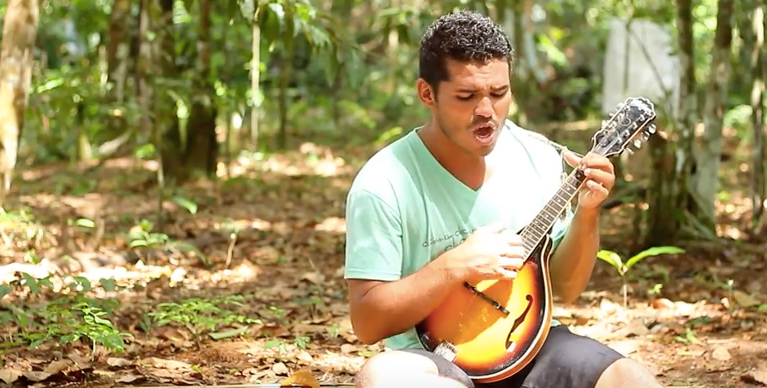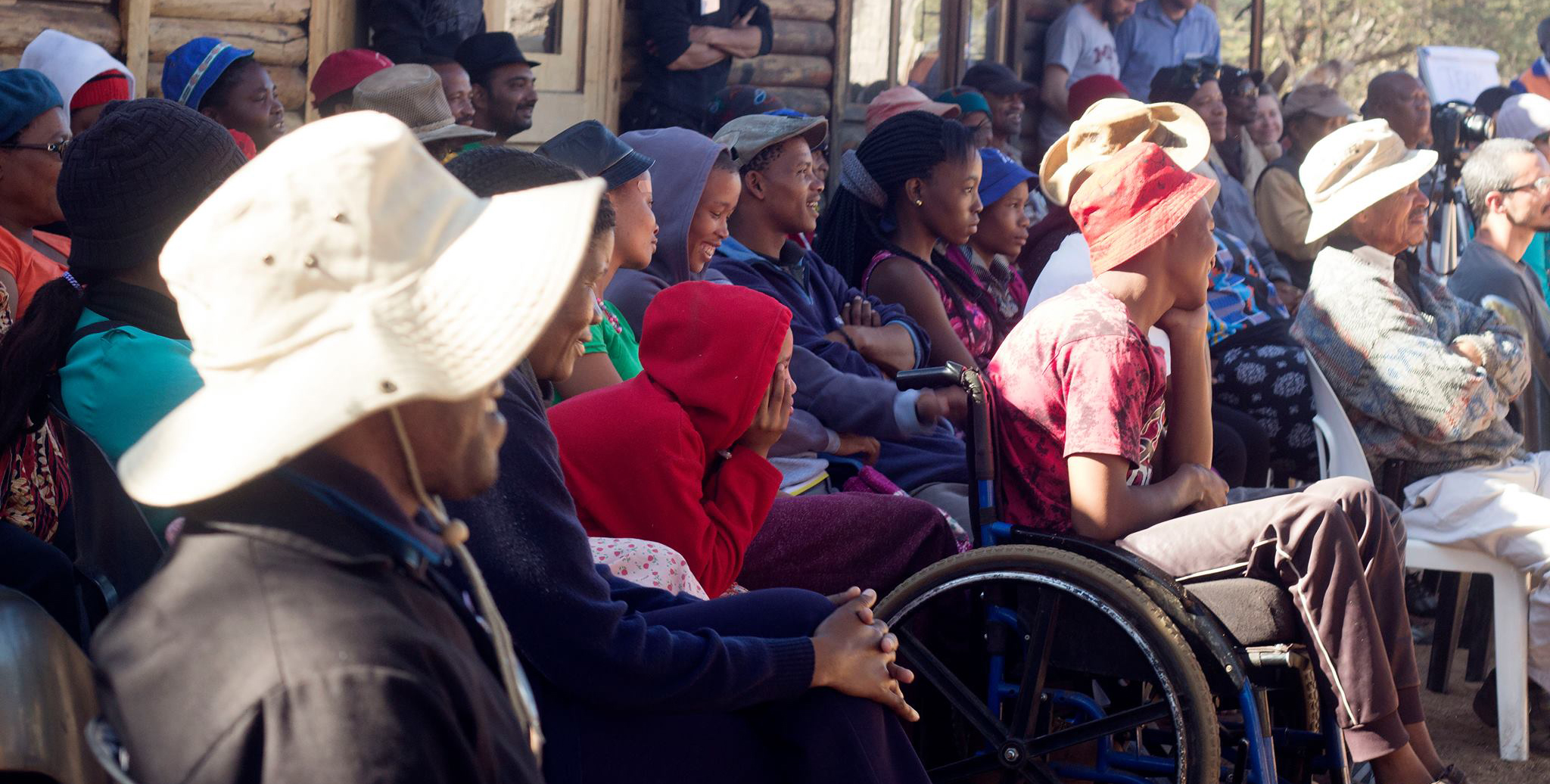On target: How do you get the right people in the door?
Participants in a Creative Capacity Building training in Kumasi, Ghana try their hand at a design activity.
We like to say that IDIN partners “foster vibrant innovation ecosystems at the local level.”
Of course, that’s just a fancy way of saying that we bring people together. We invite new people into the world of design, we connect innovators to each other and to valuable resources, and we help these innovators reach even more people with their ideas. In Arusha and Sao Paolo, in Lusaka and Lahore, IDIN partners are in the business of getting people together to bring great ideas for social change to life, every day, all year round.
So, how do we know we’re doing it well?
When IDIN set out to evaluate our work last year, we asked our partners what information would be most useful for their programs. For most partners, these programs include design trainings, skill building workshops, small grants, advising, and enterprise incubation. One of the most common questions we received was, “How effective is our targeting and outreach?” In other words, how do we know we are reaching out to the right people? Are we getting the people we want in our programs? And if not, how can we do better?
We thought this was an especially tricky question for IDIN, a program that rests on the belief that everyone can innovate. If we believe in this inclusive philosophy, how can we decide whether we are reaching out to the “right” groups? And with partners operating in so many different contexts – rural and urban, university campuses and village centers – how can we define just one “right” outreach strategy?
In the end, we realized that the details of a targeting plan would need to look different for each partner. Still, we found that organizations with the strongest targeting had a few key things in common.
You have a good targeting strategy when…
- You know who you want to reach, and you know why.
- You are getting the word out to that group.
- You have a process to choose from among the people who want to get involved.
- You keep track of the people you work with.
- You keep those relationships alive.
- You reflect on your targeting results and refine your strategy over time.
We developed a framework to help evaluate the process of defining, reaching, choosing, tracking and engaging program participants. We conducted phone interviews with six partners and compared their answers against the framework. We produced a nifty checklist for an IDIN partner (or any organization, really) to assess its own targeting. And now, we’re using it to help support new IDIN partners as they develop and grow their programs.
1. Early on, cast a wide net.
Many IDIN partners are young organizations. They have spent the past few years experimenting with different audiences, then redefining, narrowing, or pivoting as they learn where their strengths lie and where their impact is strongest. During this exploratory phase, they have hesitated to formally commit to a very specific target group. During this stage, most partners welcome participants based purely on their interest. Few have put in place a formal selection process to choose participants – and in many cases, they don’t have the volume of demand to require it.
This approach, we’ve learned, makes a lot of sense. Maintaining flexibility early on may be a good choice, as a too-narrow focus might close doors to new opportunities. As programs mature, they can evolve toward a more intentional and specific strategy.
The Vila Nova Esperanca (VNE) Innovation Center in Brazil is a good example: its open door, come-and-go policy has allowed it to experiment with serving many types of participants. This has also helped it become a familiar and trusted fixture in the community, mostly frequented by children on their way to and from school. In the last six months, VNE has made the decision to focus its programming on adults, and they have taken steps to adjust their recruiting strategy and add programs that cater to adults in the community.
2. Relationships are everything.
Although IDIN partners have experimented with lots of dissemination mediums to get the word out – social media, radio, murals, technology expos, and more – word of mouth is still the most important tool to publicize their programs. This is where strong relationships and follow-up plans come in handy! In many cases, past participants act as ambassadors for the program, advertising their experience to others in their social circles.
In other cases, partners’ connections with other community organizations are the most important asset to their outreach. Many partners are able to “outsource” their outreach and selection to other partner entities, such as schools, village leadership, or professional associations. Those organizations then took on the job of spreading the word and curating participants. For instance, the Kwame Nkrumah University of Science and Technology in Ghana works closely with the leaders of a local foundry association, who then advertise and recruit welders for their Creative Capacity Building trainings.
3. It all comes back to mission.
This may appear obvious, but it’s trickier than it sounds. IDIN’s mission has two main parts: first, to introduce people to collaborative design, and second, to help people move their innovative projects forward. IDIN partners have learned that these “people” may actually fall into two different groups. In other words, a person cobbling together their very first prototype is usually not ready to turn it into a business, at least not right away. This presents a quandary when deciding who to invite into an innovation program. Do you opt for the novice? The skilled artisan? The entrepreneur?
This was a common conundrum. Nearly all of our partners are grappling with the tension between a desire to be inclusive toward new voices and a desire to invest in already promising projects.
Some partners have resolved this by concentrate efforts on one part of the mission. Twende in Tanzania has chosen to focus on the education piece, targeting school children and other beginners with skill building workshops. The National Technology Business Center in Zambia has honed in on the project side, targeting entrepreneurs and providing them with business training and services.
Other partners bring both groups together, with the hope that sharing perspective from different backgrounds will ultimately yield better learning and a better product. Still, there are trade-offs: partners who take this approach face challenges of managing participants’ diverse needs and expectations.
4. Keep asking questions!
Just like the technologies being built in the workshop, a program is a prototype that should be tested, refined and improved over time. The partners best poised to make strategic decisions built in the practice of looking over their rosters, experimenting with new communications mediums, and reflecting on their targeting goals to fit their evolving missions. In other words, like any good designer, they keep iterating!
Do you have other great insights or resources on targeting? Tweet them to Laura at @LauraBudzyna.
We are thankful to IDIN partners for sharing their experiences and for challenging our thinking about what “effective” targeting really means.






